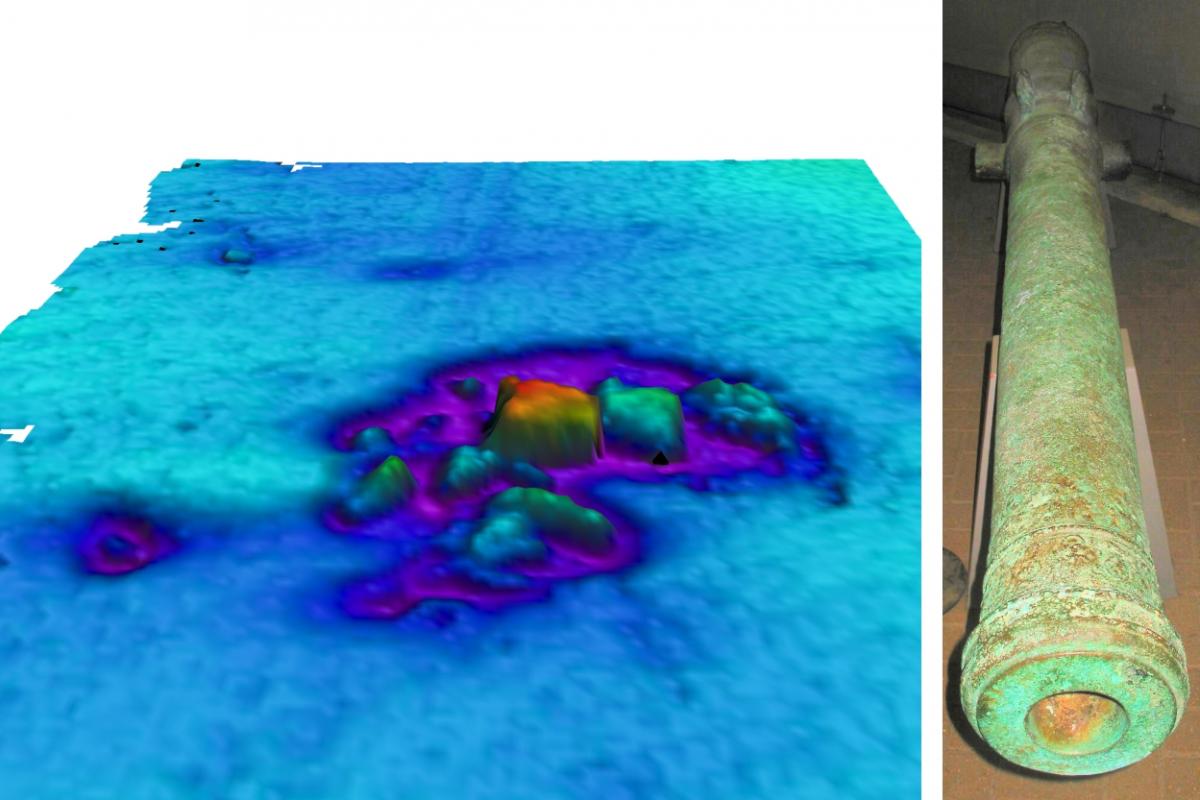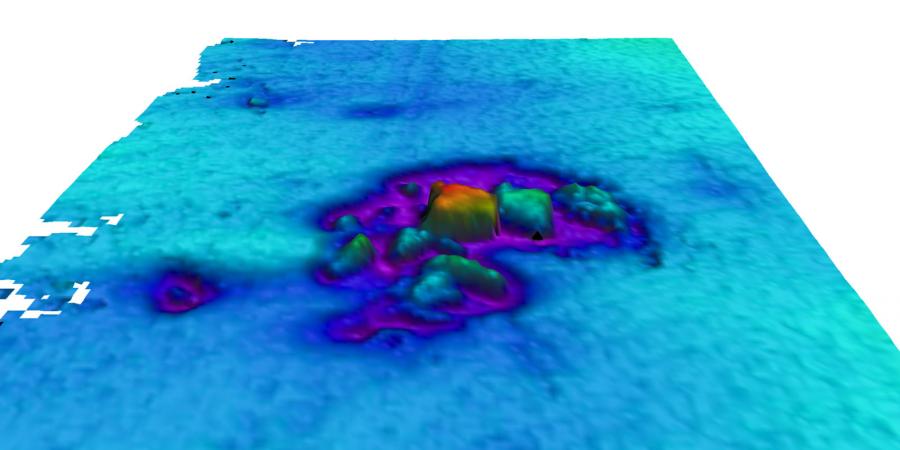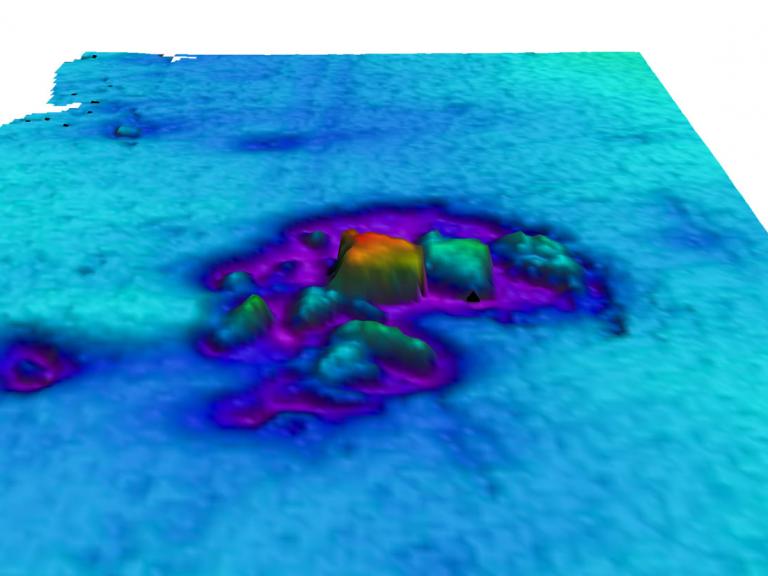Wessex Archaeology have been commissioned by Historic England to undertake survey and excavation of the mysterious wreck located off the coast of Dunwich, Suffolk. It is one of a handful of shipwrecks protected under law as nationally important archaeological sites.
What do we know about the site?
First dived in 1994 and subsequently investigated by local avocational heritage organisation Suffolk Underwater Studies (SUS), the site was subsequently designated under the Protection of Wrecks Act 1973. The site has been the subject of several geophysical and diving surveys during that time, the most recent of which was by Wessex Archaeology in 2015.
Very little is known about the ship; we think that it was probably a 16th century vessel carrying bronze cannons.
Stuart Bacon, a local advocational diver and one of those involved in the site’s original discovery, located and retrieved one of the guns and from the markings we know that it was cast by a gunfounder called Remigy de Halut, probably in the late 1530s. His foundry was in Mechelen in Flanders, then a wealthy and technologically advanced region that was famous for gun making.
Historic England considers this site to be at risk, partly because bronze guns are valuable and vulnerable to theft. It has therefore put in place a conservation management plan for the site.

Multibeam echo-sounder image of the Dunwich Bank wreck site, and the previously recovered cannon
Aim of the project
Members of our Coastal & Marine team are joining up with local volunteers to carry out a short excavation to try to find evidence of the ship itself.
We will also be looking for finds that might help us date when it was lost, where it had come from and perhaps even where it might have been going and for whom.
Black water
Conditions underwater are not ideal for conducting survey and excavation work. The sea in the area is filled with silt and other particulate, meaning that there is almost zero visibility for the diving team.
The diver archaeologists must work by touch during the brief periods when the tidal current slows down enough to enable then to get in the water and work.
We will also be aided by technology, including USBL acoustic tracking linked to Wessex Archaeology’s DIVA system, which will be used to record the movement of the diver and to position any objects located.
Keep up to date
Follow us on Facebook and Twitter @wessexarch, join our Facebook group for the project.
We’ll also be posting regular blogs about what we find and project developments on our website.

